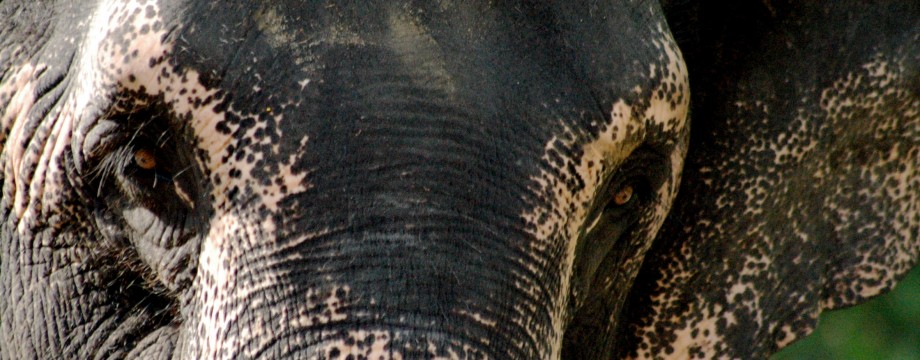Sri Lanka is a beautiful island located off the southern coast of India, and until 1972 was known as Ceylon.
In Sinhala, the most co mmon language throughout Sri Lanka, Sri means “blessed” and Lanka is the name of the island.
mmon language throughout Sri Lanka, Sri means “blessed” and Lanka is the name of the island.
Sri Lanka is surrounded by the Indian Ocean, the Bay of Bengal, the Gulf Mannar and the Palk Straight.
The natural beauty of Sri Lanka has given the island the name ‘the pearl of the Indian Ocean’.
The island covers approximately 25,332 square miles and is ecologically divided into a dry zone stretching from the north to the southeast and a wet zone in the south, west, and central regions.
The official languages of Sri Lanka are Sinhala, Tamil, and English. The main religions of Sri Lanka are Sinhala/Buddhist, Tamil/Hindu, and Muslim. Symbols of Sri Lanka are taken from those representing the Sinhala Buddhist majority. The central image on the national flag is the lion, Sinhala means “lion’s blood”. The leaves of the sacred Bo Tree under which the Buddha found enlightenment are also seen on the flag, as well as being on many other emblems of national culture.
Every community in Sri Lanka contains a place of worship, a public school, and a shop or two where daily essentials can be purchased. Public spaces are where most valued activities take place, as well as rivers, wells and other bathing places being important.
Daily food in Sri Lanka consists of a staple meal, traditionaly eaten aroun d midday, this being a large portion of rice accompanied by a selection of up to twelve different side dishes of meat, fish, vegetables, egg, peppers, spices and coconut milk. Traditionally morning and evening meals are composed of a starchy staple, such as string hoppers (rice noodles), hoppers (cup-shaped pancakes), roti (coconut flat bread), thosai (sourdough pancakes), and are usually served with sambol (hot peppers & vegetables) and one or two curries.
d midday, this being a large portion of rice accompanied by a selection of up to twelve different side dishes of meat, fish, vegetables, egg, peppers, spices and coconut milk. Traditionally morning and evening meals are composed of a starchy staple, such as string hoppers (rice noodles), hoppers (cup-shaped pancakes), roti (coconut flat bread), thosai (sourdough pancakes), and are usually served with sambol (hot peppers & vegetables) and one or two curries.
Food is commonly eaten with the right hand.
Greetings in Sri Lanka are often unvocalised, smiles are exchanged between strangers and frequent acquaintances
receive a friendly raised eyebrow. People speak very quietly, if at all, in public with the exception of leaders and sellers, who are expected to shout. Large emotional displays in public are rare, and any strange behaviour will attract unconcealed attention. Self-introduction to a stranger rarely happens, instead the mutual person in the conversation will answer questions about the stranger. Nicknames, relationship terms or other titles are used in routine social meetings rather than personal names.
Sri Lanka hosts a wide variety of spectacular wildlife and birds, as well as a beautiful landscape, including many waterfalls and mountains.
Mammals
Sri Lanka is home to around 91 species of mammals. 41 of these are threatened, 9 critically. 16 are endemic, of which 14 are threatened, including the large Sloth Bear, the Sri Lanka Leopard, the Sambar and the Sri Lankan Elephant. There are 30 species of Bat, and 26 species of Cetaceans in the waters surrounding Sri Lanka.
Reptiles
Sri Lanka currently contains 171 species of reptiles, of which 56 are threatened and 101 are endemic. Most of the reptiles are snakes and the largest are two species of Crocodile, the Mugger crocodile and Saltwater Crocodile.
Amphibians
Sri Lanka has a rich diversity of amphibians, one of the richest in the world. Containing over 106 species, over 90 of which are endemic, this is one of the highest densities of amphibians  in any country.
in any country.
Birds
Sri Lanka is home to 227 species of birds, 46 of which are threatened and 10 of which are critically threatened. Some estimates say there may be up to 486 species.
Fish
Sri Lanka contains 82 species of freshwater fish, of which 28 are threatened.













